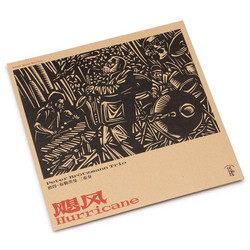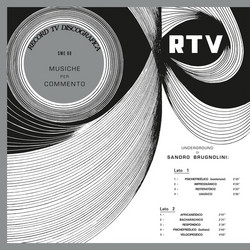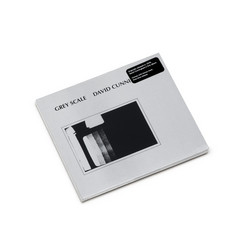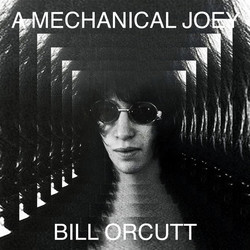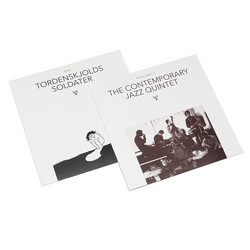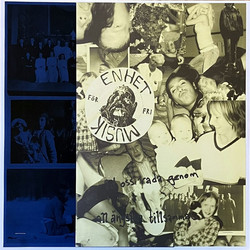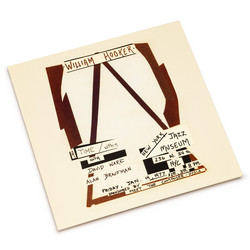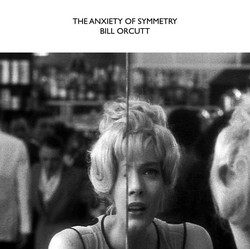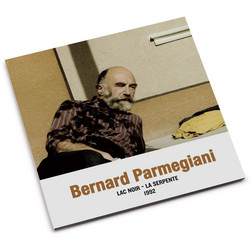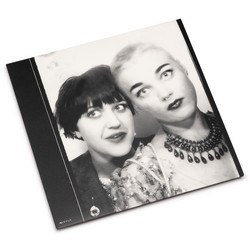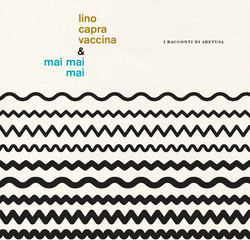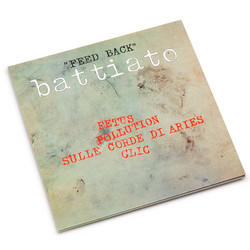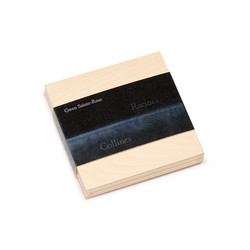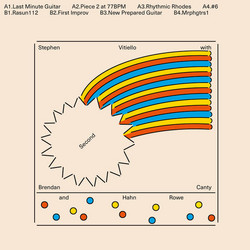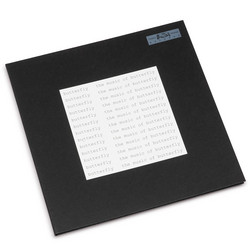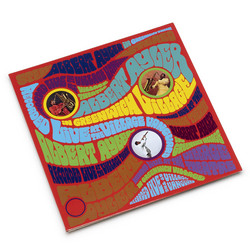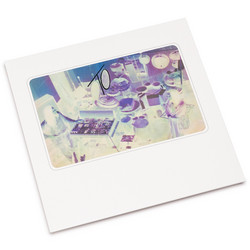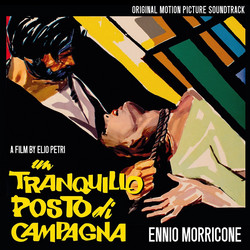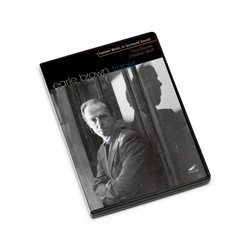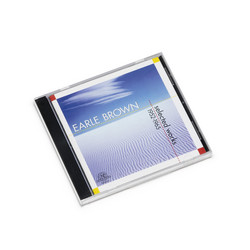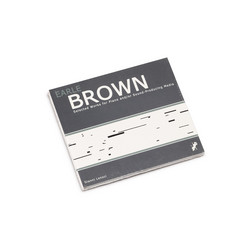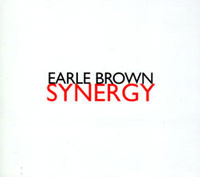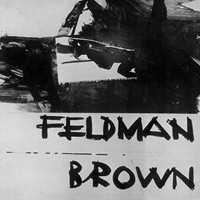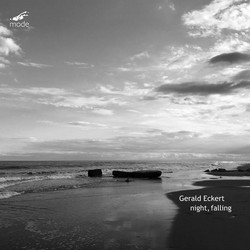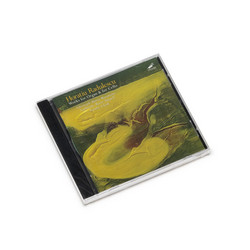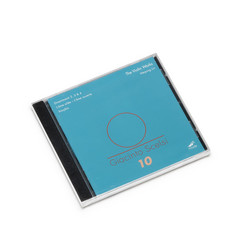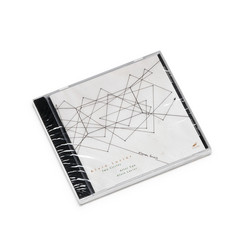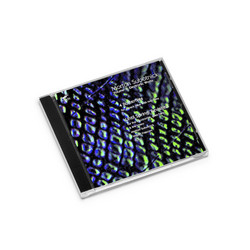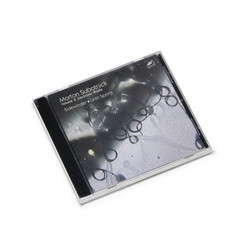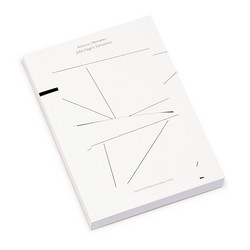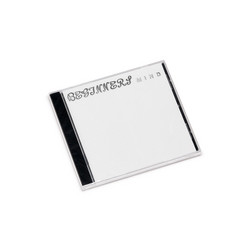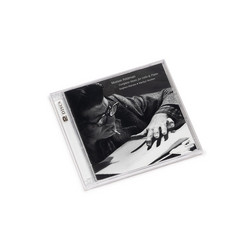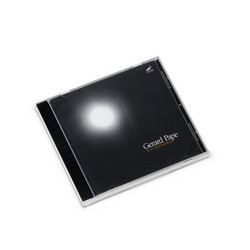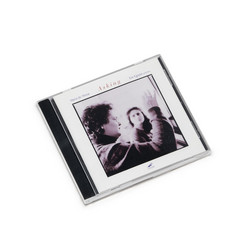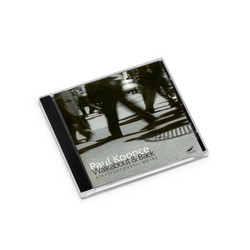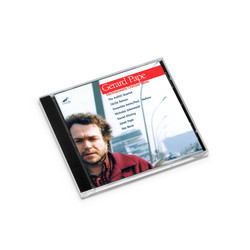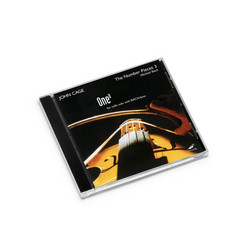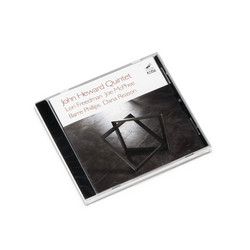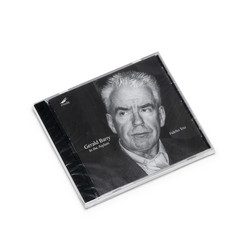Earle Brown first encountered the work of Alexander Calder in 1948, whose mobile sculptures Brown saw as a visual embodiment of the variable (impermanent) aesthetic that he was striving to create. This Calder aesthetic stayed with Brown throughout his several stylistic shifts. Whether he was writing twelve-tone serial music (Music for Violin, Cello, and Piano), conceptual graphic scores (Folio and Four Systems), composed material
open form scores (String Quartet, New Piece and Tracer), or spontaneously composed music (Special Events), all of his music shares Calder's sense of integral but floating variations, which Brown described as, the construction of units and their placement in a flexible situation that subjects the original relationships to constant and virtually unpredictable, but inherent, change (the movement of the units as well as the movement of the viewer). Brown belonged to a group of composers that today is referred to as the The New York School (the group active in New York in the 1950s that included Brown, John Cage, Morton Feldman, and Christian Wolff). The works recorded on this disc represent several of Brown's compositional styles. At least one piece was selected from every decade of his career, from the 1950s to the 1990s. The ensemble size varies from one player to fourteen. Performers include Christian Wolff and vocalist Joan La Barbara, both of whom knew and worked with Brown for many years. Several works call for spatialized ensembles spread throughout the hall, perfect for the surround-sound medium. The classic tape piece Octet is presented in new high-resolution transfers from analogue tapes provided by The Earle Brown Foundation in its 4-channel mix by the composer.' 'Tracer for ensemble and 4-channel tape' (1985) for flute, clarinet, bass clarinet, violin, cello, bass. 'Folio' (1952-54). 'Special Events' (1999) for cello, piano. 'Octet 1' (1953) for 8-channel tape. 'Music for Violin, Cello & Piano' (1952) for 8-channel tape. 'Four Systems' (1954) for voice, 2 violins, viola, cello, saxophone, trumpet, trombone, piano, percussion. 'String Quarte't (1965). 'New Piece' (1971) for voice, 2 violins, viola, cello, bass, flute, clarinet, bass clarinet, saxophone, trumpet, trombone, 2 pianos, percussion. 'For Neil' (1975) for violin

